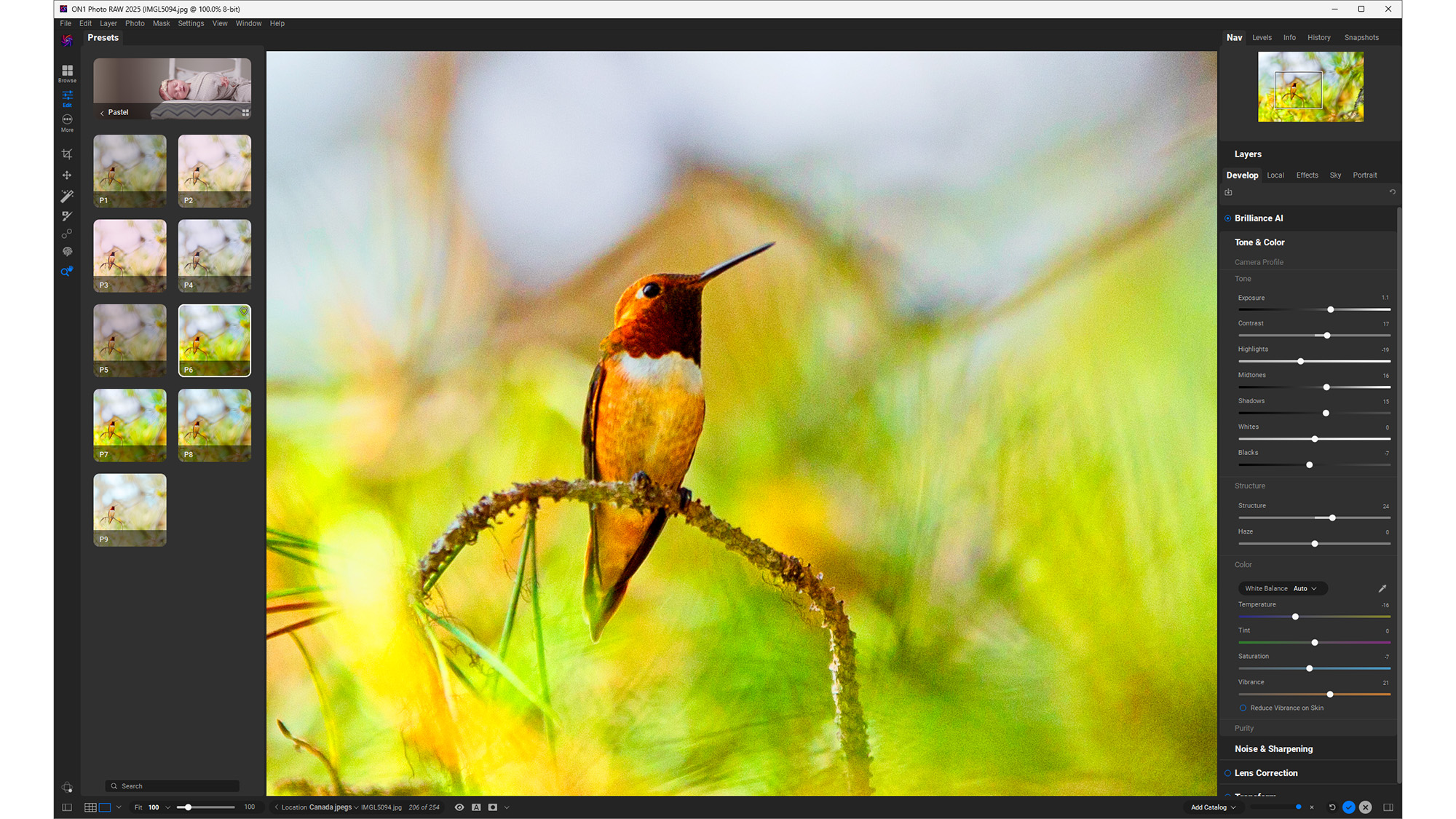¡Hola, artistas de Blender! Hoy les traigo una emocionante oportunidad para llevar su color grading al siguiente nivel con el increíble add-on Render Raw. En este videotutorial, Gleb Alexandrov nos guía a través de un panel de color unificado que se inspira en herramientas como Lightroom y DaVinci Resolve. ¡Es el momento perfecto para dar un acabado cinematográfico a tus renders! No importa si eres principiante o experto, este paso a paso te ayudará a mejorar tus visuales y a desatar tu creatividad. ¡No te lo pierdas! ¡Vamos a brillar juntos!
#Blender #RenderRaw #ColorGrading #Creatividad #Arte
#Blender #RenderRaw #ColorGrading #Creatividad #Arte
¡Hola, artistas de Blender! 🎨✨ Hoy les traigo una emocionante oportunidad para llevar su color grading al siguiente nivel con el increíble add-on Render Raw. 🌈💪 En este videotutorial, Gleb Alexandrov nos guía a través de un panel de color unificado que se inspira en herramientas como Lightroom y DaVinci Resolve. ¡Es el momento perfecto para dar un acabado cinematográfico a tus renders! 🎥🌟 No importa si eres principiante o experto, este paso a paso te ayudará a mejorar tus visuales y a desatar tu creatividad. ¡No te lo pierdas! ¡Vamos a brillar juntos! 🌟🚀
#Blender #RenderRaw #ColorGrading #Creatividad #Arte









